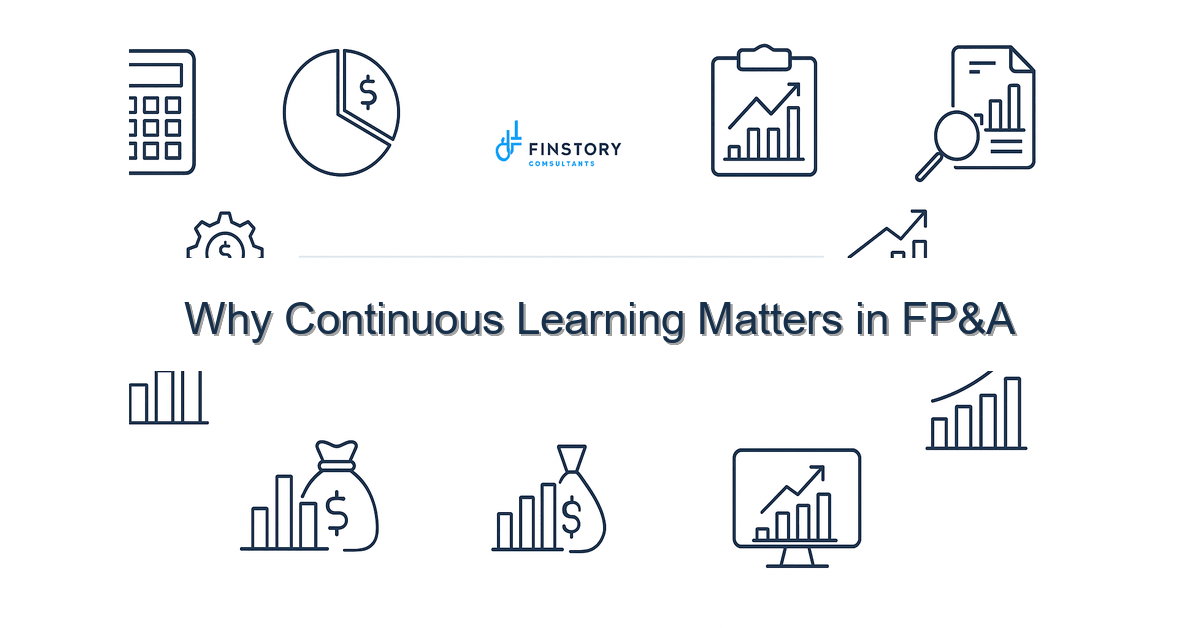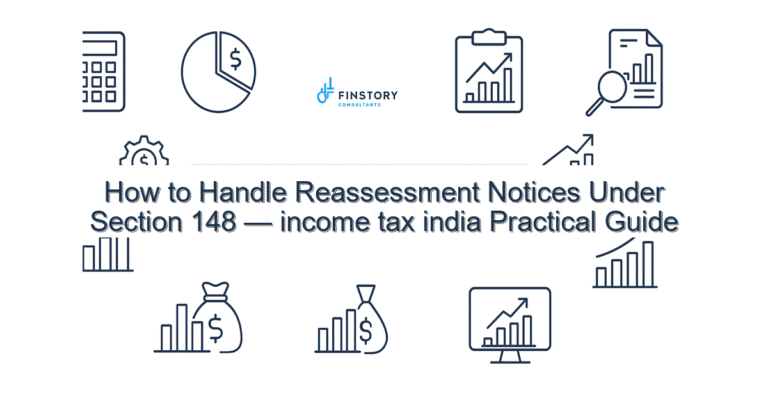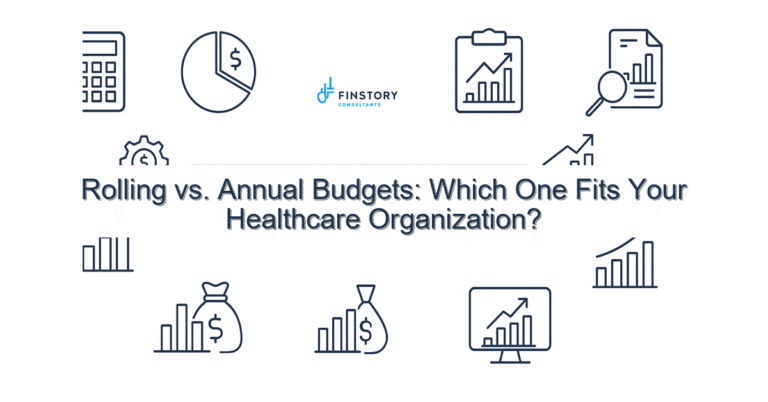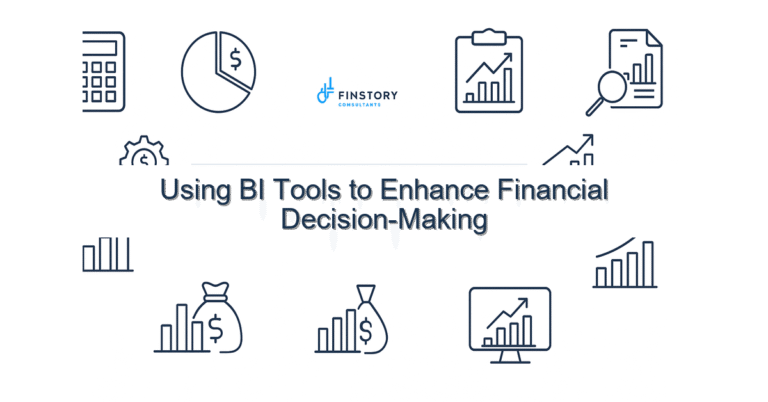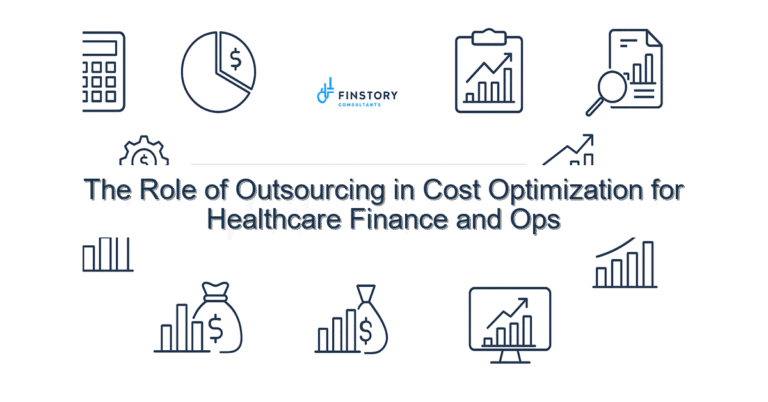Why Continuous Learning Matters in FP&A
You’re juggling budgets, staffing shortages, and a flood of new analytics—while being asked to do more with less. It’s exhausting when reports sit stale and the team can’t keep up with tools or assumptions. If this is your world, you’re not alone—here’s how leaders are fixing it.
Summary: Investing in continuous learning in FP&A gives you a sustained lift in forecast accuracy, cycle time, and team morale—so you can close faster, support operations better, and free up time for strategic work.
What’s the real problem?
Continuous learning in FP&A in healthcare isn’t an HR checkbox. It’s how teams stay current with new reimbursement rules, shifting patient volumes, and analytics tools that change every 12–18 months. When learning is episodic or optional, gaps show up fast—erroneous reports, slow closes, and missed opportunities to advise operations.
- Forecasts miss swings in payer mix or volumes because assumptions weren’t updated.
- Close cycles drag on—people hunt for reconciliations instead of analyzing results.
- New tools (Power BI, automation, models) sit underused; reports are still manual Excel exports.
- High performer burnout and frustrating handoffs between finance and operations.
What leaders get wrong
Too many leaders treat training as a one-time event: a workshop, a webinar, or a “get up to speed” month. But FP&A work changes continuously—new regulations, EMR integrations, pricing pressures—so single events don’t stick. Others buy shiny tools without investing in people; dashboards arrive but users don’t trust the numbers.
Common pitfalls:
- Buying a BI or automation tool first and assuming adoption will follow.
- Focusing on technical skills alone and ignoring scenario thinking and judgment.
- Confusing certification for capability—counting training hours instead of outcomes.
Cost of waiting: every quarter you delay, outdated processes cost time and misdirect decisions that can erode margin and patient experience.
A better approach
Start treating continuous learning in FP&A as an operational capability—like your chart of accounts or your month-end checklist. The framework below keeps learning tied to outcomes.
- Diagnose gaps: Map current workflows, tools (Power BI, automation), and skill gaps across forecasting, reporting, and variance analysis.
- Define outcomes: Set measurable targets (e.g., cut close time by 30%, improve forecast accuracy to ±3%).
- Embed learning: Replace one-off courses with micro-learning, playbooks, and coaching tied to live reports and real cases.
- Automate wisely: Remove clerical work first (reconciliations, manual uploads) so learning focuses on analysis and decisions.
- Measure & iterate: Track adoption, outcomes, and feedback—then adjust content and cadence monthly.
Proof: A mid-sized hospital group we worked with shifted from a quarterly training day to weekly 20-minute scenario sessions paired with updated dashboards. Within 6 months they reduced their monthly close by 38% and improved budget variance explanations by 60%.
Want a 15-minute walkthrough of this approach and how it fits your workflow?
Quick implementation checklist
- Map your month-end steps and highlight manual handoffs this week.
- Run a 30-minute survey with FP&A and ops leaders to capture top 3 skill gaps.
- Choose one repetitive task to automate (e.g., bank feeds, payroll reconciliations).
- Create a one-page forecasting playbook with assumptions and owners.
- Schedule a weekly 20-minute “scenario hour” for the FP&A team.
- Build or refresh one Power BI report to be the single source for operating drivers.
- Pair a junior analyst with a senior for two live forecast cycles (coaching on the job).
- Track three KPIs: close time, forecast variance, and dashboard adoption rate.
What success looks like
When continuous learning in FP&A takes root, you’ll see measurable changes fast:
- Close cycle time down 25–40% within 3–6 months.
- Forecast accuracy improved to ±2–4% depending on service line.
- Variance analysis turnaround reduced from days to hours.
- Higher dashboard adoption—>70% of leadership relying on the same reports.
- Improved staff retention and fewer ad-hoc staffing needs for month-end.
Risks & how to manage them
Three common risks—and practical mitigations:
- Risk: Training fatigue. Mitigation: Use micro-sessions tied to live work and rotate facilitators to keep sessions relevant.
- Risk: Tool overload. Mitigation: Prioritize automating the highest-effort, lowest-value tasks first; limit tools to 2–3 core platforms.
- Risk: Measurement gap (no clear ROI). Mitigation: Define three KPIs up front and report them monthly alongside qualitative feedback.
Tools & data
Continuous learning works best when paired with the right tools and data flows. Focus on automation for reconciliations, clear Power BI dashboards for driver-based reporting, and centralized leadership reporting that ties to operating KPIs.
Mini-case: A regional hospital implemented focused FP&A coaching plus automated feeder files and saw monthly close times fall by 38% and stakeholder trust in reports rise noticeably. “We finally spend our time on the why, not the how,” said the CFO.
FAQs
Q: How long before we see results from continuous learning in FP&A?
A: Expect meaningful wins in 30–90 days—faster closes and clearer forecasts—if you pair micro-learning with one targeted automation.
Q: Should we hire for skills or train existing staff?
A: Start by upskilling your core team; hire strategically for gaps that persist after 3–6 months. Upskilling is faster and cheaper for most healthcare finance functions.
Q: What role should tools like Power BI play?
A: Use Power BI as the centralized view for operating drivers. But prioritize data quality and the team’s ability to interpret the dashboard over fancy visuals.
Q: Can small teams adopt continuous learning?
A: Yes—micro-sessions and paired coaching scale down well. The key is discipline and a simple playbook tied to real deliverables.
Next steps
If continuous learning in FP&A feels urgent, start small and measure fast. Book a quick consult with Finstory to map your highest-leverage changes and talk through your workflow. We’ll help you prioritize automations, build the learning cadence, and set measurable goals—so you start seeing value in 30 days.
Prefer a tool-led conversation? Request a demo of our FP&A transformation approach and see a sample playbook and dashboard tailored for healthcare operations. Or download our checklist to run your first week of changes.
Work with Finstory. If you want this done right—tailored to your operations—we’ll map the process, stand up the dashboards, and train your team. Let’s talk about your goals.
Internal resources: Read how we modernize reporting at Modern FP&A, explore our FP&A transformation services, or see the hospital close case study at Hospital Close Reduction.
📞 Ready to take the next step?
Book a 20-min call with our experts and see how we can help your team move faster.
Prefer email or phone? Write to info@finstory.net
or call +91 44-45811170.
